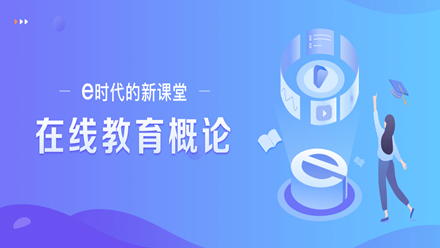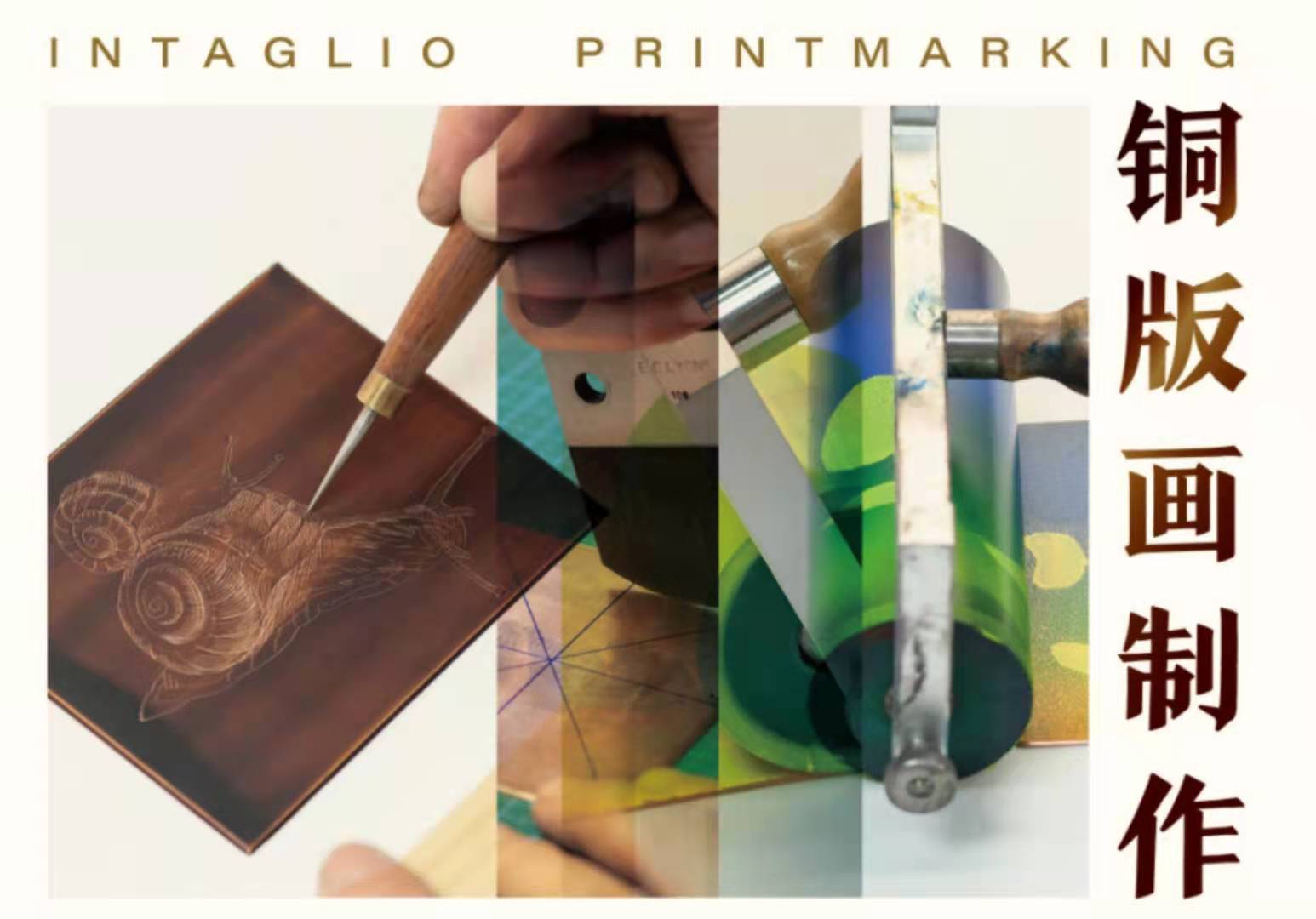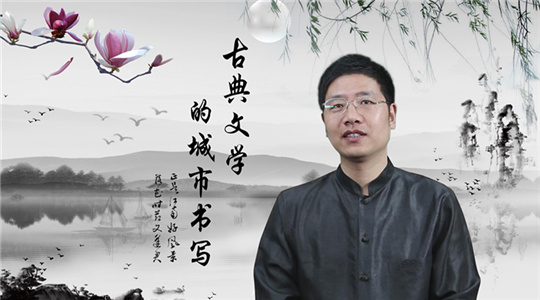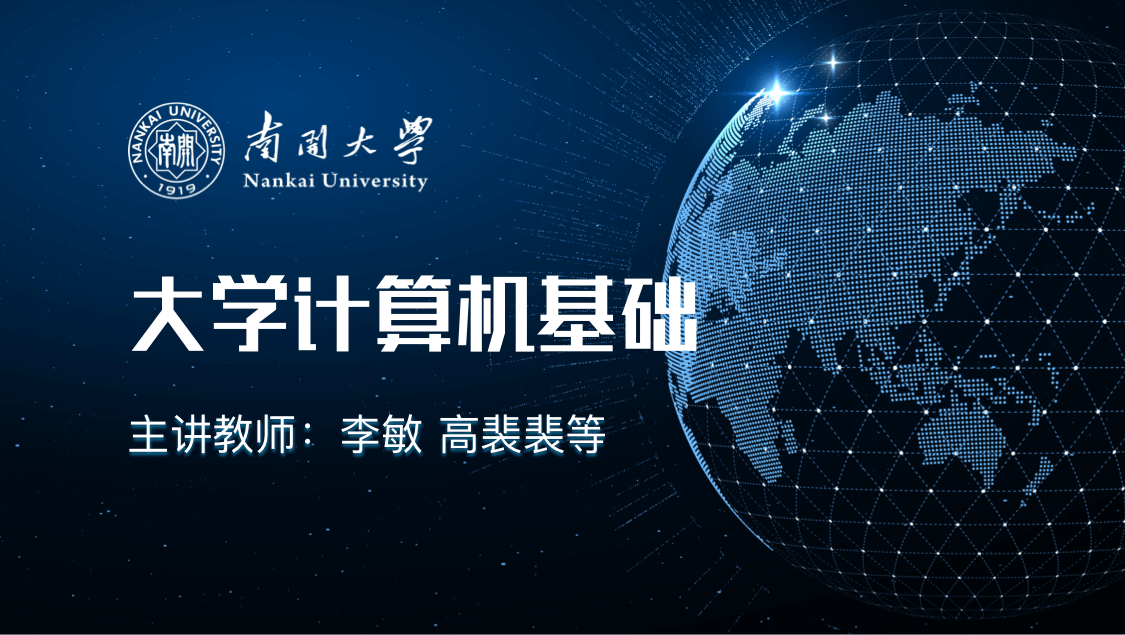
当前课程知识点:e时代的新课堂——在线教育概论 > 第二章 为什么做在线教育 > 2.2.2学习风格与学习类型 > 2.2.2学习风格与学习类型
我们知道现在的学生们
We know that today's students
他们都是互联网的原住民
are living in an environment where the Internet is easily accessible.
那么这些学生
What are the needs of
他们在学习过程中
these students for online education
对在线教育的需求是什么样的呢
in their learning process?
那这个层面上刚才讲的
Actually, just now you talked about
就是互联网的原住民学生所具备的
the ability of these students have who are familiar with
这些能力方面
the Iinternet.
因为这部分学生他从小
Because these students
他就开始在数字化学习的环境中
started to learn in a digital environment
开始相关的一个学习
since they were little,
利用了各种各样的设备
they can use various of devices,
比方手机 我们的平板电脑 计算机
such as mobile phones, tablet computers, and computers.
像这样子的上网
They surf the Iinternet
看各种各样的就是一个
and watch various kinds of things
相关的数字化的学习的一些东西
related to E-learning.
我们的学生已经具备了
The students have had
相关的信息素养能力
relevant information literacy,
比如在网上的检索 查询
for example, online search and inquiry.
然后使用的相关的学习的软件
And they can use relevant learning softwares.
那这样子也就是
In other words,
学生具备了数字化学习的能力
the students already have access abilities forto e-learning.
比如让学生
For example,
在网上里面老师布置一个任务
after the teacher assigns a task online,
他可以在网上查找相关的资料
students can search for related information online
来撰写相关的材料
to write relevant materials.
那这样就提供了现在我们讲的
So without being trained, students
在慕课学习的平台上
can directly learn online
学生就基本上不需要培训
on the learning platforms
他就可以直接在网上学习
such as MOOCs.
这就体现了我们讲
So it shows that
学生他已经具备了数字化学习的能力
the students already have capability to e-learnfor e-learning.
我们知道不同的人
We know that different students
他所偏向的学习风格是不一样的
have different preferences for their learning styles.
那么从这种个性化的学习风格的角度
How can we understand online education
怎么看这个在线教育
from the perspective of personalized learning styles?
也就是说在线教育
In other words, online education
它应该能够更好的去适应
should be able to better adapt to
不同人的学习风格
the learning styles of different students.
学习风格是
Learning style is
个性化学习的一个非常重要的一个要素
a very important element of personalized learning.
那么首先我们看看什么是学习风格
First, let's take a look at the concept of learning style.
所谓的学习风格
Learning style
是指一个人在学习过程中
refers to a person's subjective preference for
所接受信息的或者保留信息
the way to receive, keep,
处理信息
and process information
这个主观偏向的一种方式
in the learning process.
也就是实际上我们讲的
Actually that is the subjective preference
接收 保留 处理
for the three processes:
这三个过程的这个主观偏向
receiving, keeping and processing.
也就是根据
That is based on
学习他的特征是怎么样来弄的
the learning characteristics of students.
那这样一个就体现在这学习过程
It is reflected in the learning process.
就是一个认知的一个过程
It is a cognitive process.
那么就从这个角度来讲
So from this perspective,
就是学习风格就是一个认知风格
the learning style is a cognitive style.
那认知风格就是
Cognitive styles
非常影响我们的一个学习的方式
play an important role in learning.
那认知风格又是怎么样的呢
What is a cognitive style?
它是指一个人
It refers to the way
常用的处理资讯的一种方法
a person processes information.
也就是说一个人
In other words, it refers to
在记忆 思考 解决问题的
a person's usual way of thinking
惯用的思维方式
when memorizing, thinking and solving problems.
在我们在谈到学习风格的时候
When we talk about learning styles,
也就是谈论着
we talk about
每一个独特的一个学习的方式
each individual's unique way of learning
以及他的偏好
and their preferences.
学生在整个学习过程中
During students' learning process,
他的学习是分成不同类型的
there are different types of learning
他的学习方式是不一样的
and different ways to learn.
那么不同类型的学习方式呢
Different ways to learn
对于这个教学模式的需求
require different
它也是不同的
models of teaching.
从学习风格层面来讲
In terms of learning styles,
可以分成四种学习的类型
there are four types of learning.
首先是一种视觉型
First, visual learning.
第二是听觉型
Second, auditory learning.
第三个是动作型
Third, kinesthetic learning.
那第四一个是一个综合型
Fourth, comprehensive learning.
那我每一个我们着重解释一下
I'll explain them one by one.
那视觉型是目前我们是
Currently, the way of learning
多数学习的学习方式都称作视觉型学习
which is most frequently used is visual learning.
那这种比如像现在我们在慕课平台上
For example, on the platform of MOOCs,
所看到的视频的那一块
we can watch videos.
我们很多都喜欢在听老师来
Many students like to listen to the teacher
视频层面上来讲课
via videos.
那主体这个里面
So the students
就是一个视觉的一种类型
are mainly visual learners.
那第二个听觉类型
As for auditory learning,
就是比如像我们在网上去听
for example, when we listen to
这种英语的课程的时候
English courses online,
那主要是听这个层面上的
it is mainly about auditory learning.
有的同学他是偏重是这个
Some students prefer auditory learning.
听觉感觉是他的一个
Auditory learning is a good way to learn
比较好的一种学习的方式
for them.
那第三种方式是动作型
The third way is kinesthetic learning
或者叫运动型
or kinetic learning.
那这种方式主要是
With kinesthetic learning, students mainly
学生有通过动手做的这种方式
combine learning
把它结合起来
with doing things.
比如讲我们的运动
For example, sports courses.
特别是体育系的有些课程
Especially, Physical Education Department courses.
它属于操作类型的这种课程
They belong to courses of operation.
那这种课程里面
In such courses,
就是通过动作的时候
when students utilize movements,
学生他把每个动作做到位
they try to do each movement accurately
把它这个知识和技能两个
and combine their knowledge
把它结合起来
with skills.
那这个方面就是体现这种动作
So in this regard, action is taken.
那另外还有一种
The other type is
就是属于综合型
comprehensive learning.
他把几种方式融合起来
They combine several styles.
这个视觉方面也可以
It includes visual learning,
听觉也行
auditory learning,
另外还有动作
as well as kinesthetic learning.
那在这里面
In this regard,
我们体现的就是注重学的一些东西
what we attach importance to in learning
就把它结合起来了
is combined.
又有做又有动又有看的这个方面
This involves doing and watching.
那整个的学习过程里面呢老师
During the whole learning process, teachers,
我们根据学生他的不同的风格
on the basis of students' different learning styles,
那么我们设计成这四种类型
design these four types of
来选择设计的这样的教学的内容
teaching materials,
符合学生们根据它自己的特征
which is in line with the fact that the students learn
来进行这样的学习
according to their own characteristics.
那个吴老师我有个问题
Mr. Wu, I want to ask a question
像这个视觉型
about visual learning.
那学生看书是不是也属于视觉型的
Is reading books a kind of visual learning too?
阅读的话
Reading,
这是也是一种
is one kind of
也是属于视觉的
visual learning.
但是当我们给学生提供
But when we provide the students
慕课这种形式的时候
with MOOCs,
慕课里面我想他有视频可以看
they watch teachers giving lectures
看老师讲课
through videos.
可能还有这个文字材料给出来
There may be written materials shown
在屏幕上要是看
on the screen for the students to see.
然后老师在讲课
When the teacher is giving a lecture,
有的时候可能还要放一点录音
sometimes he or she also plays recordings may need playing
给学生听一听
for the students to listen to.
如果是那种边讲边练的课件
If the courseware involves both lecturing and practicing,
是不是也就算它是动作了
can it be considered kinesthetic learning, too?
动手交互是吧
Do-it-yourself interaction, right?
它可以像语言编程的
It can be something like
像这样的东西
language programming.
所以那么我们从这四个
So, after analyzing these four
不同的学习类型来看
different learning styles,
确实如果说
we find that if we want to
要把它们综合运用的比较好的话
use them comprehensively,
在线课程还是一种比较好的形式
online courses are is actually a good method.
是这样子的
That's true.
特别是把视觉听觉动作
Especially, when the visual sense, the auditory sense, and action
这几个方面都综合起来
are combined,
那整个
as we have done a psychological experiment
我们从心理学做过一次实验
related to the learning styles,
这样他学习的效果
students' learning effect
比采用单一的学习的方式
is much better than when
它的效果就要好得多
they adopt a single way of learning.
-混合式教学该怎么做?与清华老师一起聊聊
-看清华老师如何进行大班混合式教学
--Video
-如何做好混合式课堂的互动
--Video
-与清华大学老师聊聊慕课独特的教学设计
-“挑战60s”授课短视频大赛
--Video
-与清华大学老师聊聊慕课的制作与运营
--Video
-1.1在线教育发展现状
--html
-1.1.1在线教育带来了e时代的新课堂
-1.1.2师生说
--1.1.2师生说
-1.1.3我国在线教育的特点
-1.2什么是在线教育
--html
-1.2.1概念解析
-1.2.2教育的技术发展史
-1.2.3在线教育的五要素模型
-1.3在线教育对教师的机遇与挑战
--html
-1.3.1机遇篇
--1.3.1机遇篇
-1.3.2挑战篇
--1.3.2挑战篇
-1.4在线教育发展的历史
--html
-1.4.1二十世纪的发展
-1.4.2二十一世纪的发展
-1.4.3在线课程三要素
-1.4.4虚拟教育组织
-1.5课程内部体系和外部关系
-第一章 解读在线教育--单元习题
-讨论题
-2.1数字时代带来教育变革
-2.2在线教育更适应学生的学习需求
--html
-2.2.1教育需求的发展
-2.2.2学习风格与学习类型
-2.2.3多模态数据分析学生学习行为与需求
-2.2.4教育目标
-2.2.5拓展学习时空,促进深度学习
-2.2.6自主学习系统的案例分享
-2.3在线教育帮助教师成长
-2.4学校和国家为什么要做在线教育
-单元习题--作业
-3.1高等学校在线教育发展
-3.1.1学校现状
-3.1.2平台与联盟
-3.2不同类型的教师都能得益于混合式教学
-3.3混合式教学的好处
-3.3.1当前的教学问题
-3.3.2教师和学生的收益
-3.4混合式教学的关键细节与常见误解
-3.4.1关键细节一
-3.4.2关键细节二
-3.4.3关键细节三
-3.4.4误解篇一
-3.4.5误解篇二
-3.5智慧教学工具的发展
-3.5.1综述篇
--3.5.1综述篇
-3.5.2雨课堂的诞生
-3.5.3雨课堂的功能
-3.5.4课堂教学需要雨课堂
-3.5.5雨课堂解决面授时间紧张的问题
-3.5.6雨课堂解决课前课中课后的学习效果问题
-3.5.7课前课中课后雨课件设计要点
-第三章 高校在线教育进行时--单元习题
-讨论题
-讨论题
-4.1教育实践的展望(一) 教育创新
-4.2教育实践的创新(二) 教育技术与决策
-4.3教育理论的热点趋势
-第四章 在线教育的未来--单元习题
-讨论题
-5.1邓俊辉老师《数据结构》与《计算几何》教学案例
--html
-5.1.1慕课制作与使用心得(一)
-5.1.2慕课制作与使用心得(二)
-5.2张瑜老师《思想道德修养与法律基础》教学案例
--html
-5.2.1教学理念与混合式教学的主要环节
--Video
-5.2.2章节实例
-5.3杨芳老师《大学英语》教学案例
--html
-5.3.1混合式教学设计心得
-5.3.2 University单元教学设计
-5.4于歆杰老师《电路原理》教学案例
--html
-5.4.1小容量班级完全翻转课堂
-5.4.2大容量班级部分翻转课堂
-5.5郑莉老师《C++语言》教学案例 雨课件样例及校内教学心得分享
--Video
-单元习题--作业






